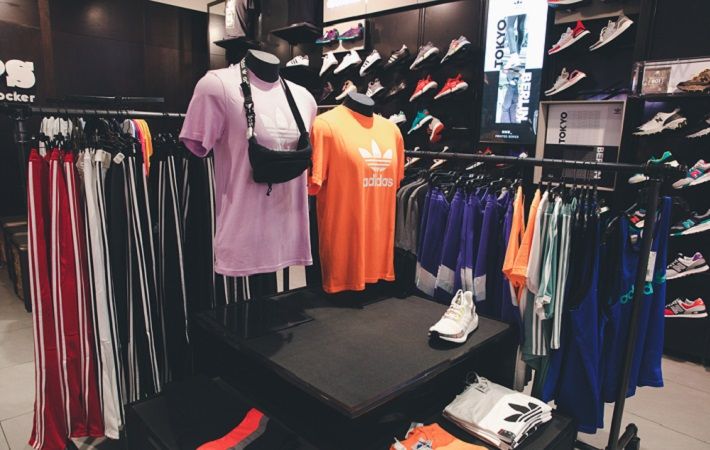
In a recent presentation to the Retail Industry Leaders Association (RILA), NPD chief retail strategist Don Unser outlined the retail industry headwinds and tailwinds expected in the coming year.
Compared to 2019, there could be as many as 28 million new workers working from home in the US this year. Unser estimates that 20 per cent to 35 per cent of the workforce will still work part-time or full-time at home when pandemic rules are lifted, which will have the greatest effect on consumer spending for industries like apparel and footwear, the report said.
“Employees working from home in the US found themselves with more time on their hands last year, gaining back hours of commuting time each week, which has important implications for the retail industry, since more available time also means more time to begin new home projects and plan family outings,” Unser noted.
As more school districts headed back to the classroom, spending on traditional back-to-school items increased by tens of millions of dollars, which is unusual for this time of year. In early March unit sales of kids’ backpacks, apparel, and performance and leisure footwear surpassed 2019 levels. During the last three weeks, sales in these categories grew by triple-digits versus 2020 and by double-digits versus 2019, according to NPD retail tracking. The sales volume was lower, compared to the traditional back-to-school season, but the increase is clear, according to the report.
While the trendline for experience-based categories was still down in the first two months of 2021 compared to the pre-pandemic period, it is now headed toward a slow recovery as more states’ economies reopen. Unser expects spending on experiences will come back strong.
Looking at geographic data during the pandemic, retail-store sales performance across the country declined 13 per cent, year over year, but certain cities fell even harder. The top cities for tourism in the US posted stagnant performance in brick-and-mortar store retail. In fact, between the week ending March 7, 2020 and the week ending February 13, 2021, in-store dollar sales fell 34 per cent in San Francisco, 33 per cent in New York, and 25 per cent in Miami. The sudden lack of tourism and closed retail stores were key factors in this decline.
When looking toward the future of retail, the focus should be on repositioning rather than recovery, the report added.
Fibre2Fashion News Desk (KD)